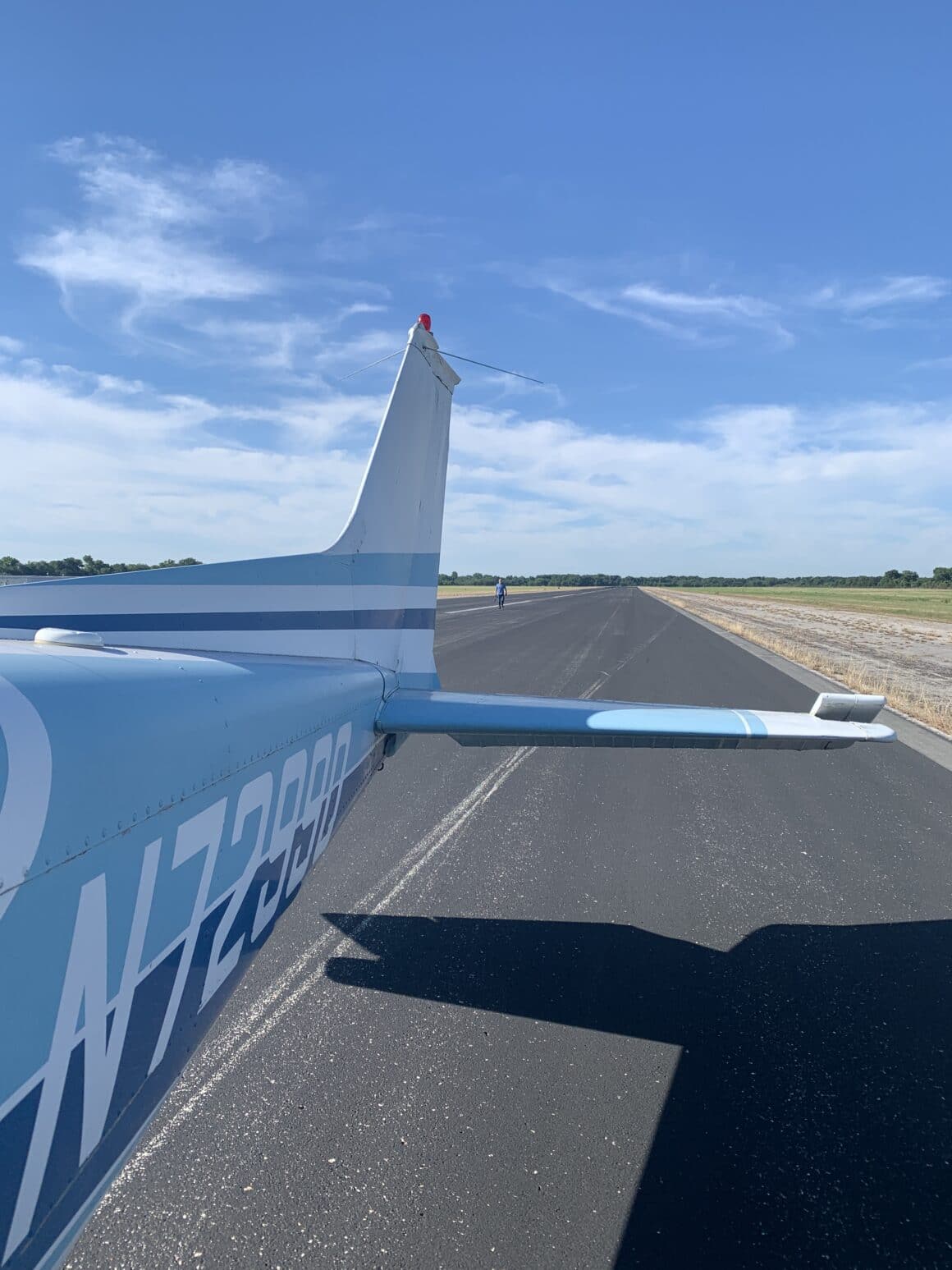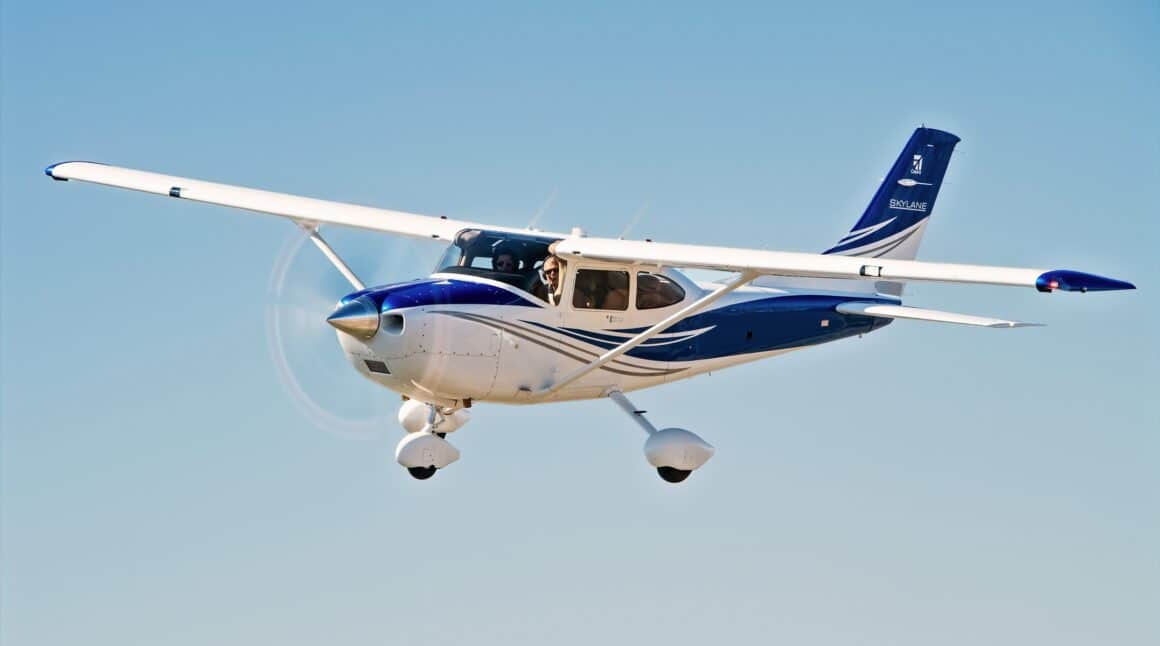4. Save Where You Can, Spend Where You Should
Aviation is expensive. I budgeted around $10k for my private license. Unless you sleep on pillows of cash, you’re likely eager to maximize what you save and optimize what you spend. The license going to be an investment no matter how you slice it, so invest the money in things that count.

In my case, I decided early on that I’d rather have a great instructor than a perfect airplane. Great training, my logic went, would make it easier to fly any aircraft, while average training would make it harder to fly anything less than what I had flown while I was learning. Following this logic, I paid a below-average hourly rate for a below-average aircraft and a higher-average hourly rate for an exceptional instructor. I ended up getting what I paid for- great training in a plane that had an electrical failure on the first cross-country I took after I got my license. But it makes a great story! The takeaway is that the right balance of priorities is up to your goals and learning style.
Another way to optimize spending is to do as much ground school as you can online. Look into modestly priced training courses like Gold Seal, Sporty’s, or King Schools. Take advantage of free aviation training videos on YouTube. These resources will help you pay instructors for hours in the air, not hours on the ground covering things you could have learned sitting on the couch in your pajamas.

Other places to spend money include a ForeFlight subscription (or another mobile app) and iPad or tablet. Both are excellent tools for navigation training and are industry-standard at this point. Memberships in aviation organizations that will help with scholarships, training, and networking (AOPA, The Ninety-Nines, and others) can be beneficial. Fun experiences that make great aviation memories like Oshkosh, Sun ’n Fun, other airshows, and museum visits are worth the trip.
Other places to save money include finding used instead of brand-new headsets. Avoid overpaying for nice-to-have but unnecessary gear (fancy flight bags, overpriced sunglasses, etc.). Fly into lower-traffic airports whenever possible to avoid landing fees.
Another piece of financial advice is to think about your training costs as a one-time investment. Making one decision to spend $10k is much less psychologically taxing than making 1,000 decisions to spend $10. Be responsible, but don’t calculate the cost of every nautical mile. There’s no surer way to distract yourself from becoming a good pilot—and having fun!

5. Make Friends
Like anything, the best part of aviation is the people. Get to know the community around your airport: the people at the FBO front desk, the mechanics, the other instructors, students, and pilots. Not only will you enjoy flying more if you know the people you’re flying with, but you’ll also meet friends who might one day help you out with mechanical issues, lend you their airplane, or be your safety pilots for instrument training. And you’ll do the same for them. Build this community by organizing landing competitions, hosting barbecues, putting on volunteer events to fly kids around for free, and coordinating fly-ins to different airports and restaurants. (Nothing tastes better than a $100-hamburger, after all.). Go find your flying family!

6. Never Stop Learning
One of my mentors loves to ask me, “What did you do today to become a better pilot?” It’s a question we should ask ourselves every night before bed. To give a good answer, invest a few minutes each day in advancing some aspect of your aviation skills or knowledge. Maybe it’s studying the weather forecast, reading an Avgeekery article, chatting with a fellow pilot about their flying hours, or chair-flying touch-and-goes while you’re sitting in after-work traffic. These small habits add up over time, and they also help you stay in touch with the aviation world even when you’ve been unable to fly for a while. Keeping your head in the clouds makes it much easier to knock the rust off when you’re ready to get back into the air.

BONUS
Write down fun memories in your logbook. “First PIC flight with my mom—and I didn’t make her sick!” “Awesome El Paso hiking trip with my dad!” “Flight instructor’s seat came unbolted from the floor in the middle of a turn-around-a-point because we rented a cheap airplane!” These memories may have no impact on the hours you log, but they remind you why you’re logging the hours in the first place. And if you’re not going to enjoy the long, hard, and epic journey toward the Private Pilot’s License, why bother?
Do you have additional hacks for crushing the Private Pilot’s License? Let us know in the comments below.
Enjoy the ride. Blue skies forever!
